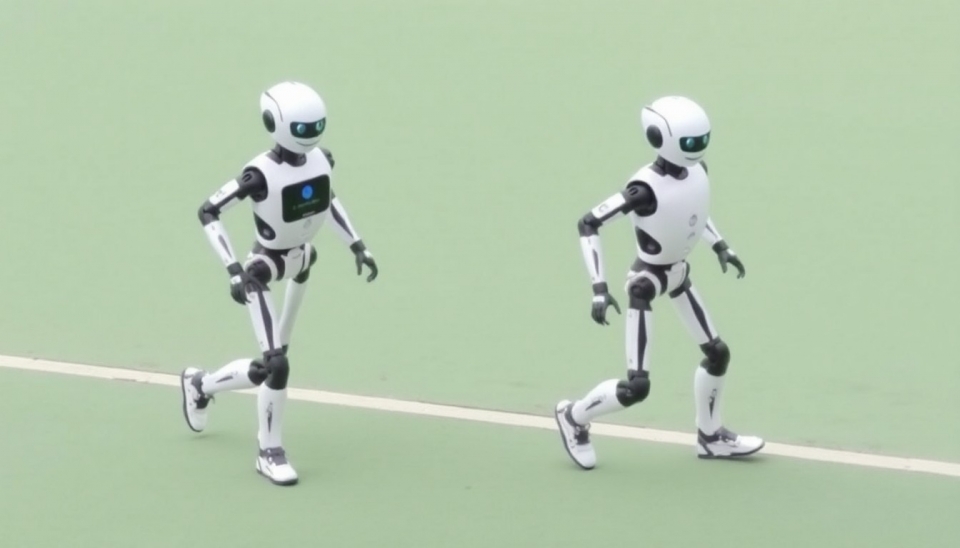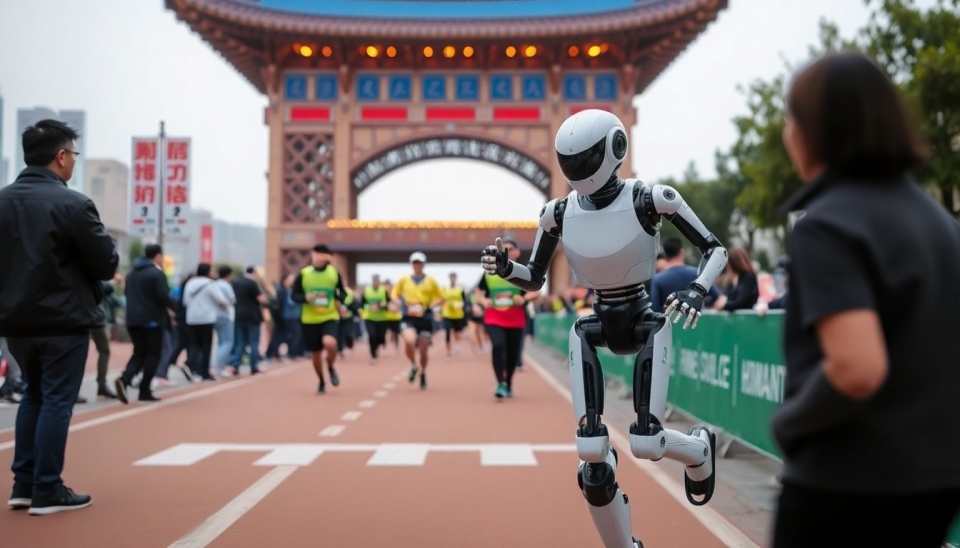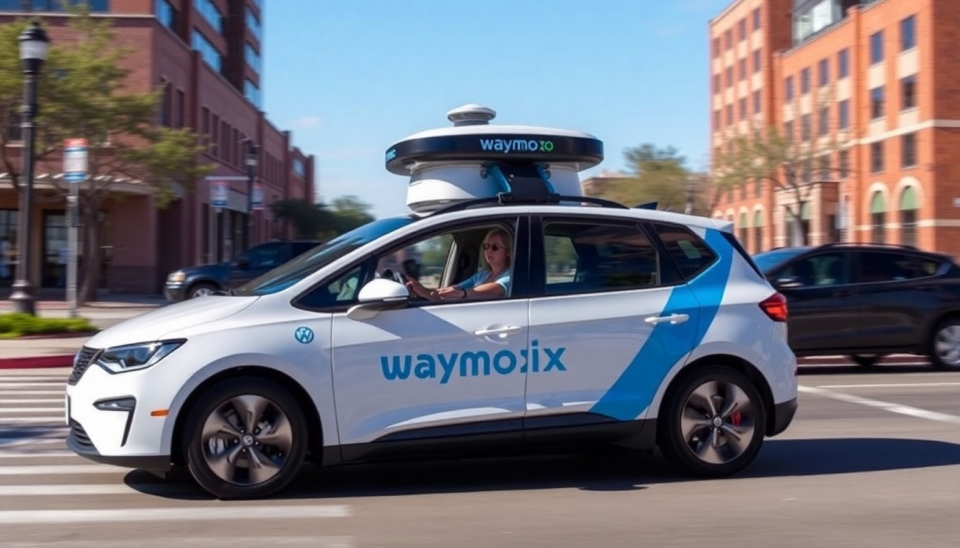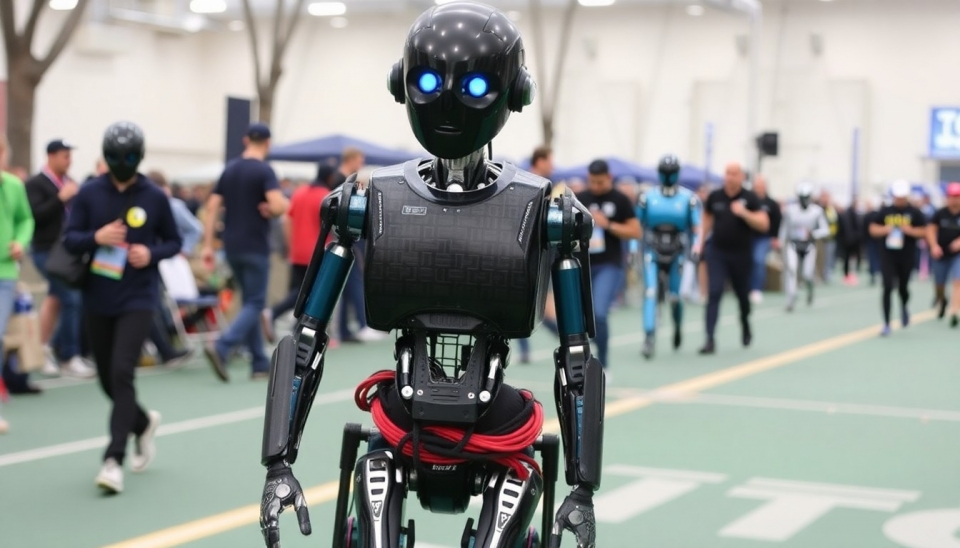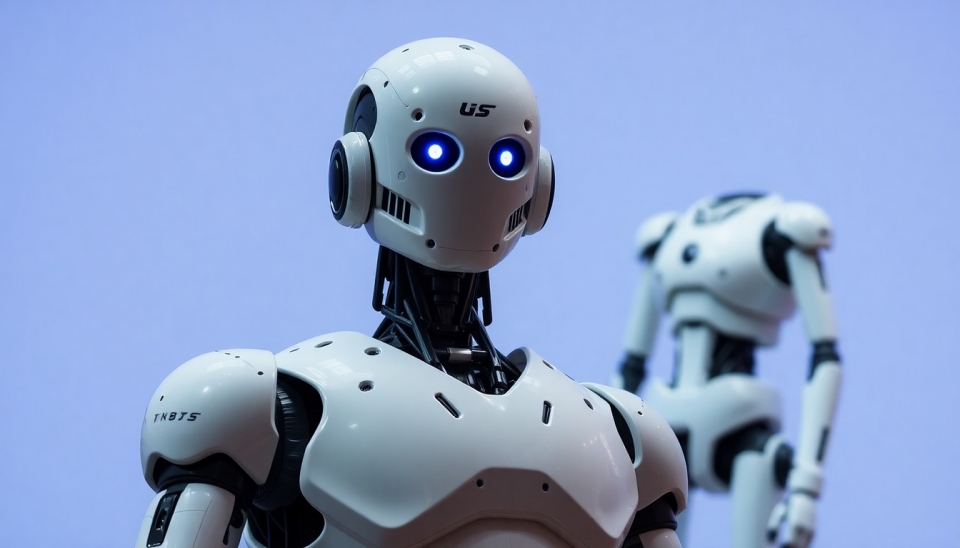
The United States is ramping up its efforts to compete with China's advanced humanoid robotics industry, but the impact of former President Trump's trade war is creating significant obstacles. A recent analysis indicates that the U.S. is at a critical juncture where investments and technological advancements in the robotics sector may not suffice to match China's rapid progress.
Amid a technological race to develop humanoid robots, companies and research institutions across the U.S. are pouring resources into innovation, aiming to catch up to China, which has been making strides in artificial intelligence (AI) and robotics. The U.S. government has recognized the importance of these advanced technologies in global competitiveness and national security, prompting increased funding and support for domestic companies.
However, the residual effects of the U.S.-China trade dispute—initiated by tariffs and trade barriers in a bid to protect American jobs and technologies—have adversely affected the flow of essential components and materials needed for robotics development. Many U.S. companies rely on parts manufactured in China, and the tariffs imposed have increased costs, making it challenging for these firms to keep pace with their Chinese counterparts who benefit from lower production costs and a more substantial domestic supply chain.
Experts warn that the trade war has not only resulted in higher prices for U.S. companies but has also stifled collaboration between American innovators and Chinese manufacturers. In robotics, where collaboration is often crucial for advancing technology, these restrictions have created an environment of isolation, limiting the sharing of knowledge vital for progress.
Furthermore, while U.S. policymakers focus on boosting domestic production, they must also address the urgency of fostering a skilled workforce capable of pushing the boundaries of robotics and AI. Critics of the trade war argue that the measures aimed at isolationism have placed the U.S. in a precarious situation. Without access to global supply chains and research collaboration, the country risks falling behind in technological advancement.
The race for humanoid robots is not just about competition; it's considered a matter of national importance. Countries around the world are investing heavily in robotics, believing that the development of humanoid robots will significantly impact numerous sectors, including healthcare, manufacturing, and service industries. As nations vie for technological supremacy, the potential for shifts in economic and military power heightens the stakes further.
In conclusion, while the U.S. is making strides in robotics and AI development, the lingering effects of the trade war with China are proving to be a formidable challenge. Policymakers must navigate these complex trade dynamics and find a way to foster innovation without sacrificing collaboration and global partnerships crucial for the industry's future growth.
As the landscape for humanoid robotics continues to evolve, the ability to adapt to new challenges and opportunities will determine which nation emerges as the leader in this transformative technology.
#Robotics #AI #TradeWar #China #Innovation #HumanoidRobots #USIndustry #TechnologyRace #GlobalCompetition
Author: John Miller
